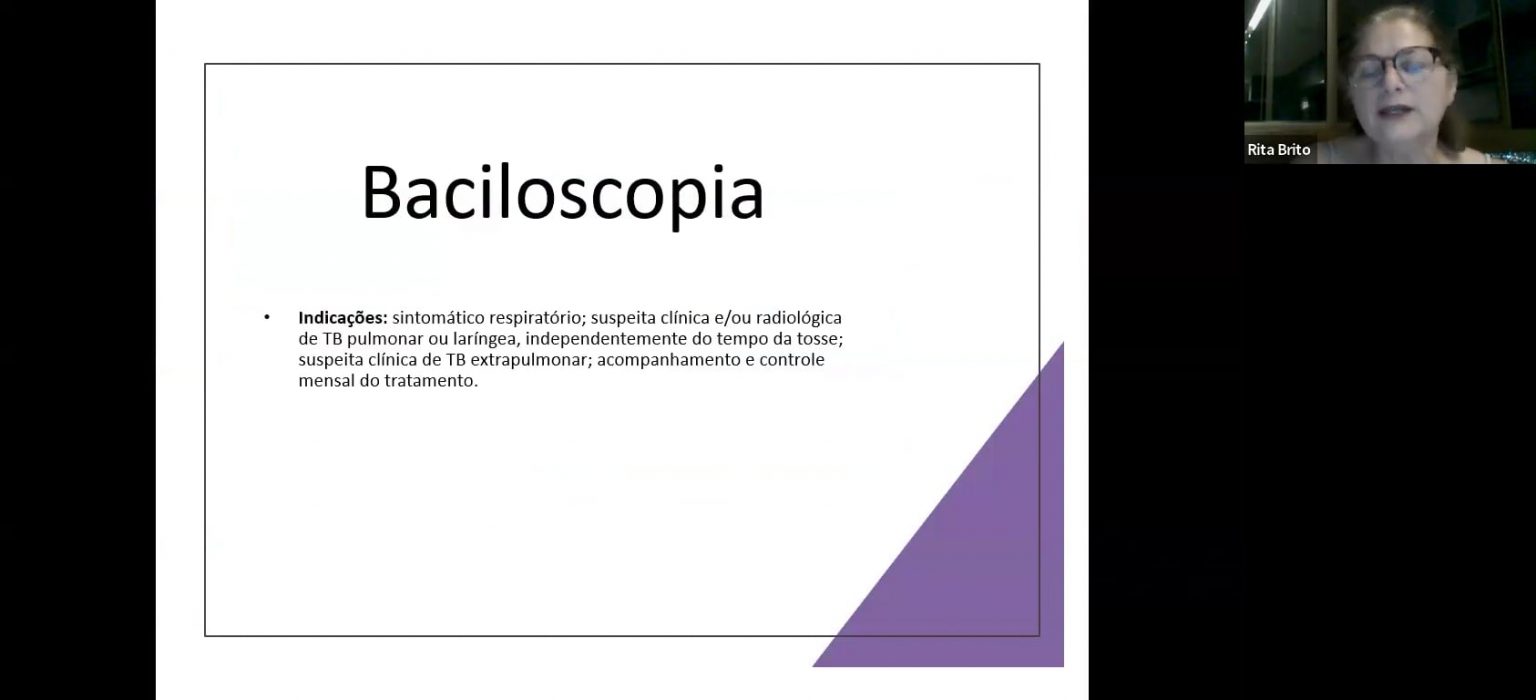Artigo
Immune thrombocytopenia (ITP) in children: Initial management
INTRODUÇÃO
Immune thrombocytopenia (ITP) of childhood is characterized by isolated thrombocytopenia (platelet count <100,000/microL with normal white blood cell count and hemoglobin). The cause of ITP remains unknown in most cases, although it can be triggered by a viral or environmental trigger or it may be secondary to an underlying immunologic defect [1-3]. ITP was previously known as idiopathic thrombocytopenic purpura or immune thrombocytopenic purpura. The current term Immune ThrombocytoPenia preserves the widely-recognized acronym “ITP” and acknowledges the immune-mediated mechanism of the disorder, while allowing that patients may have little or no signs of purpura or bleeding [1].
The treatment and prognosis of newly diagnosed and persistent ITP in children will be
reviewed here. The management of chronic ITP and the clinical manifestations and diagnosis of ITP are discussed separately. (See “Immune thrombocytopenia (ITP) in children: Management of chronic disease” and “Immune thrombocytopenia (ITP) in children: Clinical features and diagnosis”.)
Compartilhar em:
Comentários
Cursos Relacionados
Livros Relacionados
0
Conteúdos Relacionados
Comentários
Deixe um comentário Cancelar resposta
Você precisa fazer o login para publicar um comentário.













